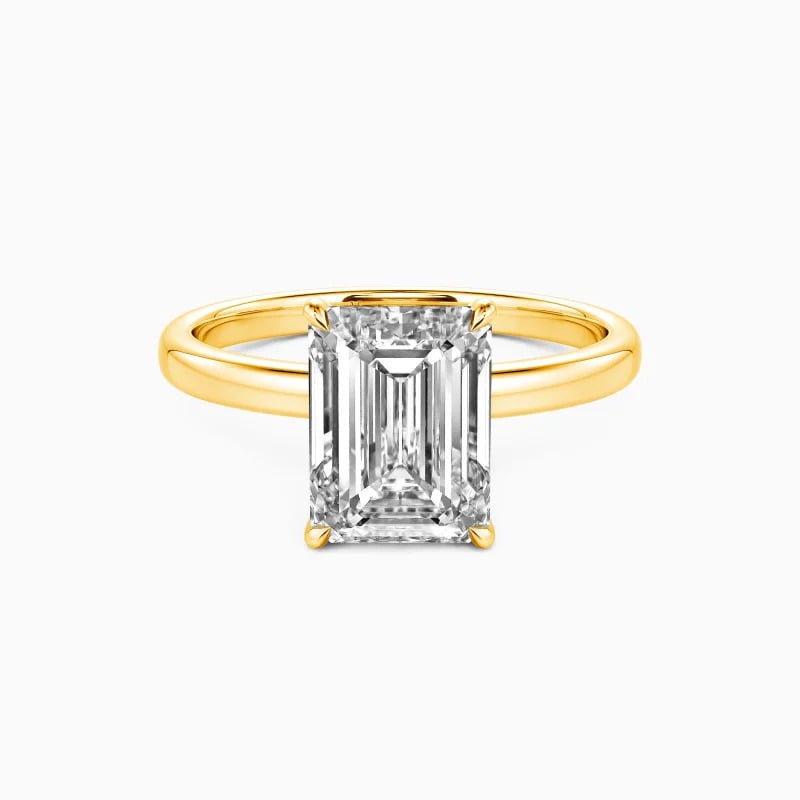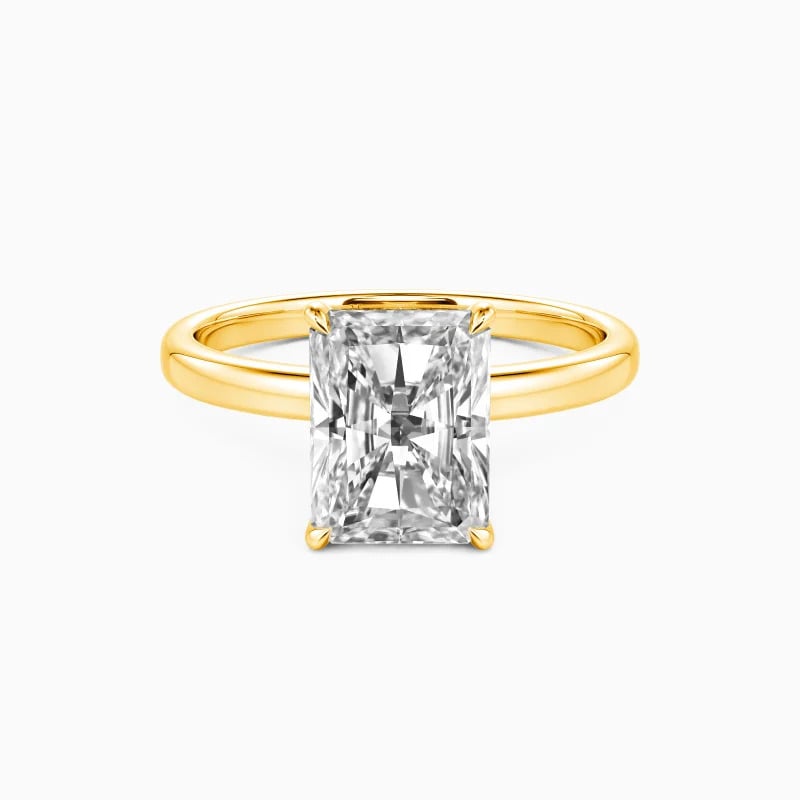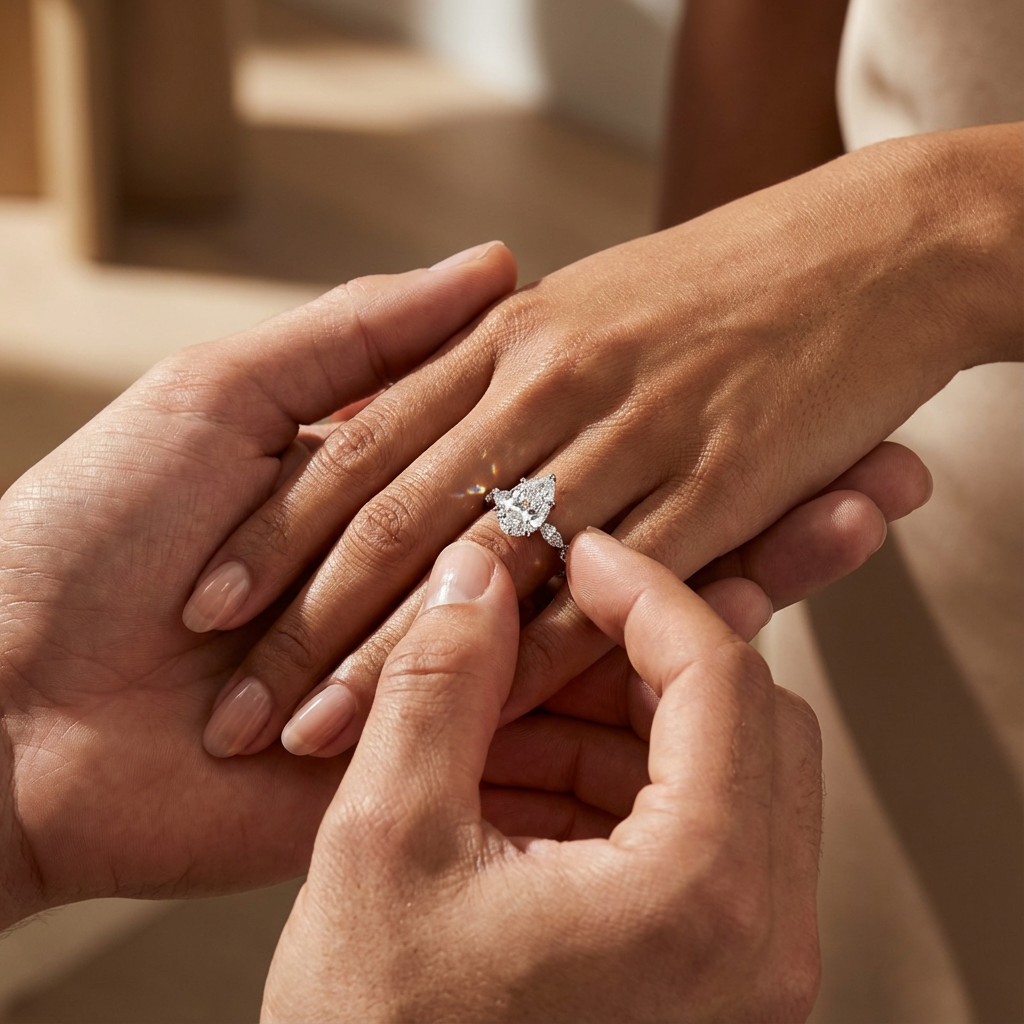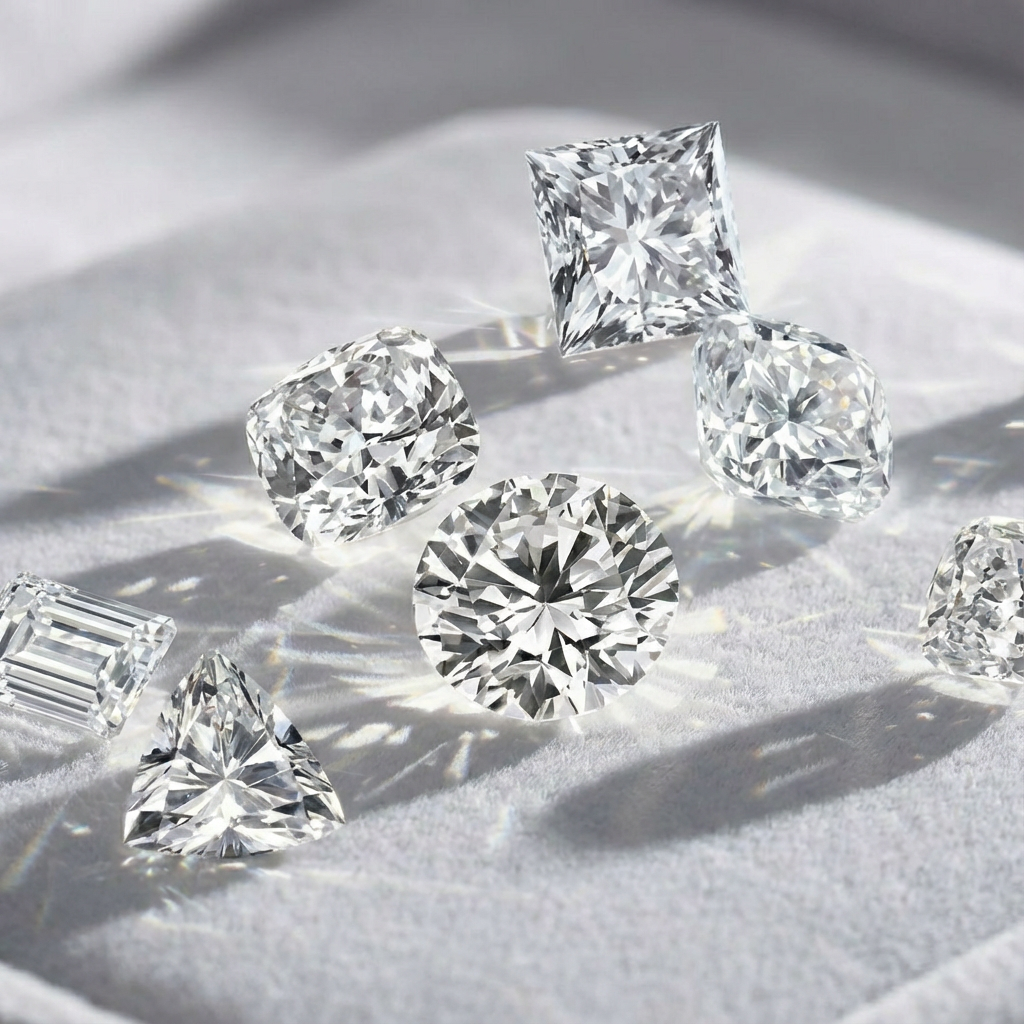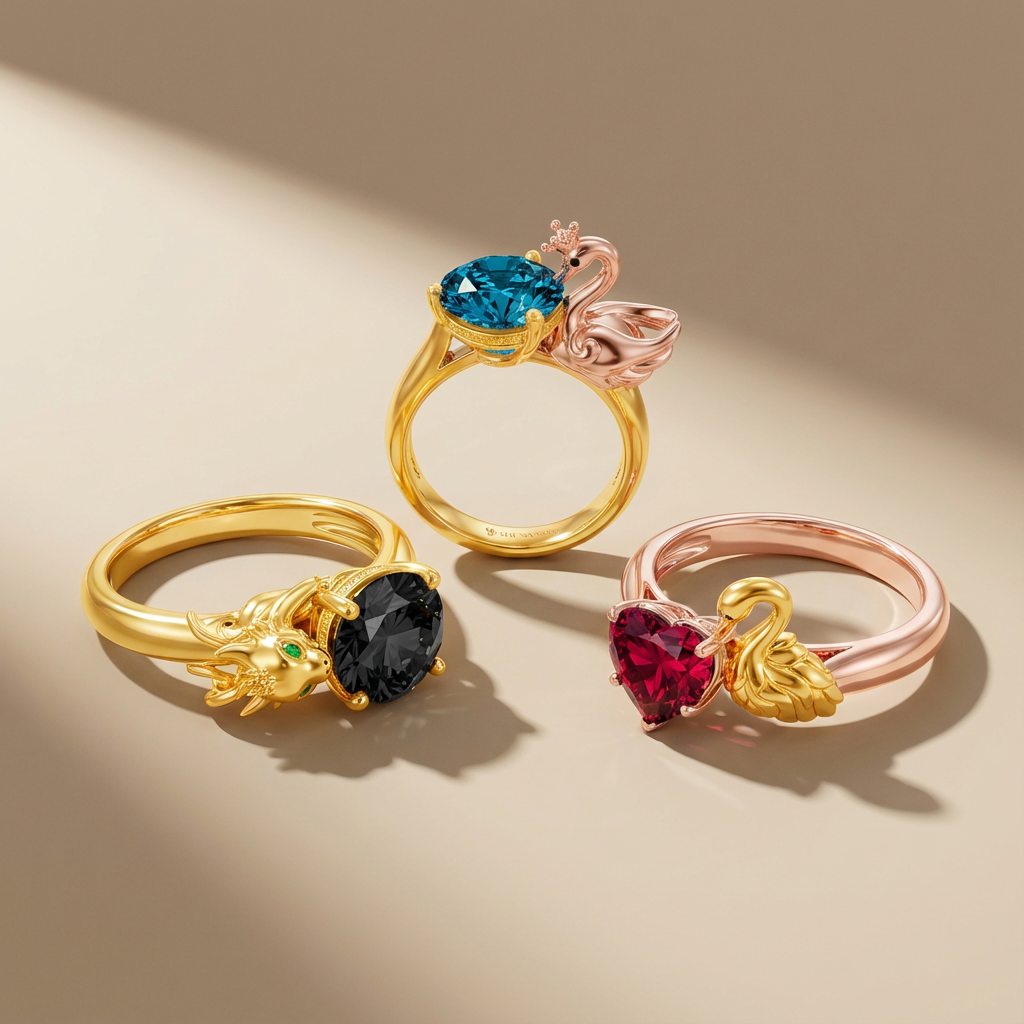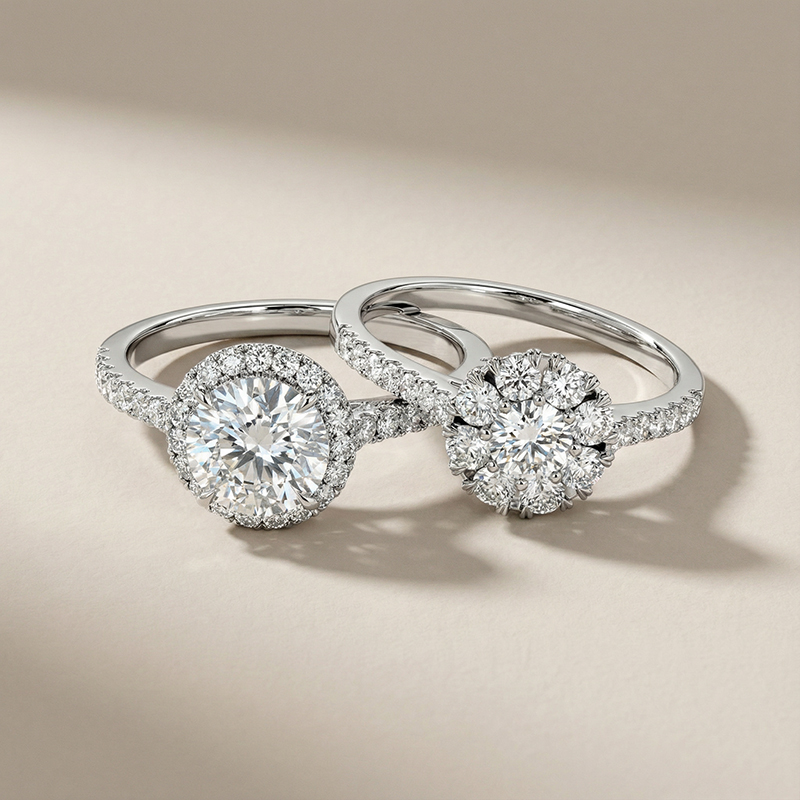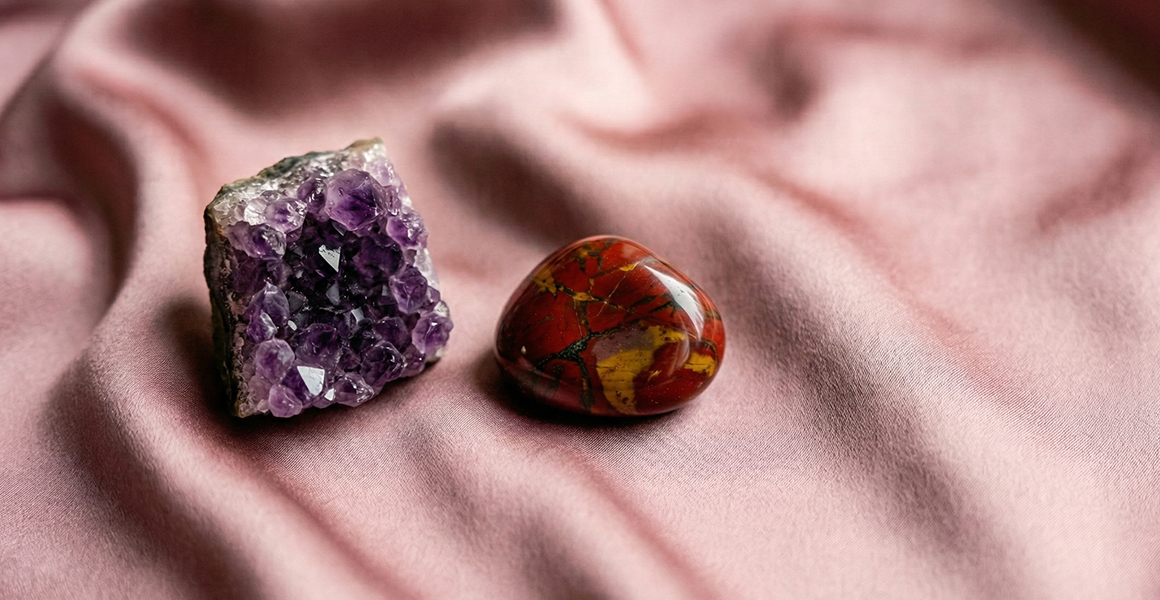In the world of high-end jewelry, the cut of a gemstone plays a significant role in its appearance and brilliance. Two popular cuts, the emerald and the radiant, each offer unique characteristics and aesthetics. Today, we'll explore these two cuts and help you decide which might be the best choice for your next jewelry piece.
The Emerald Cut
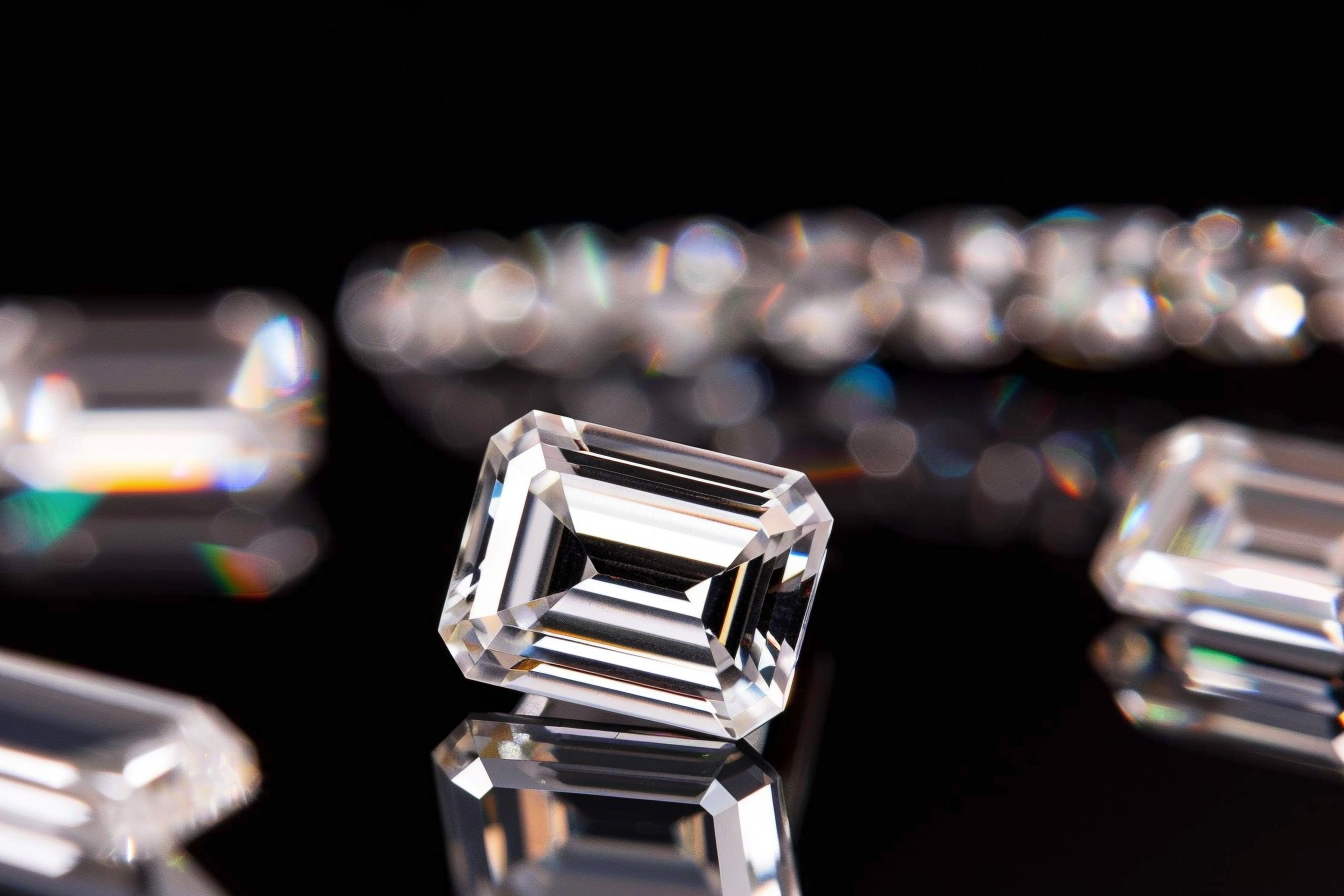
The emerald cut, despite its name, is not exclusive to emeralds. This cut is characterized by its rectangular shape with truncated corners, and it features a large, open table (the flat top of the gemstone) surrounded by step-like facets. Typically, an emerald cut has 57 facets. The long, linear facets, arranged like stair steps (hence the term “step cut”), can better showcase a gemstone’s clarity, making inclusions more visible than other cuts. As such, it’s often used with high-quality stones. The emerald cut radiates a particular vintage charm and understated elegance. It provides a hall-of-mirrors effect where the interplay of light and dark planes highlights the depth of the stone.
The Radiant Cut
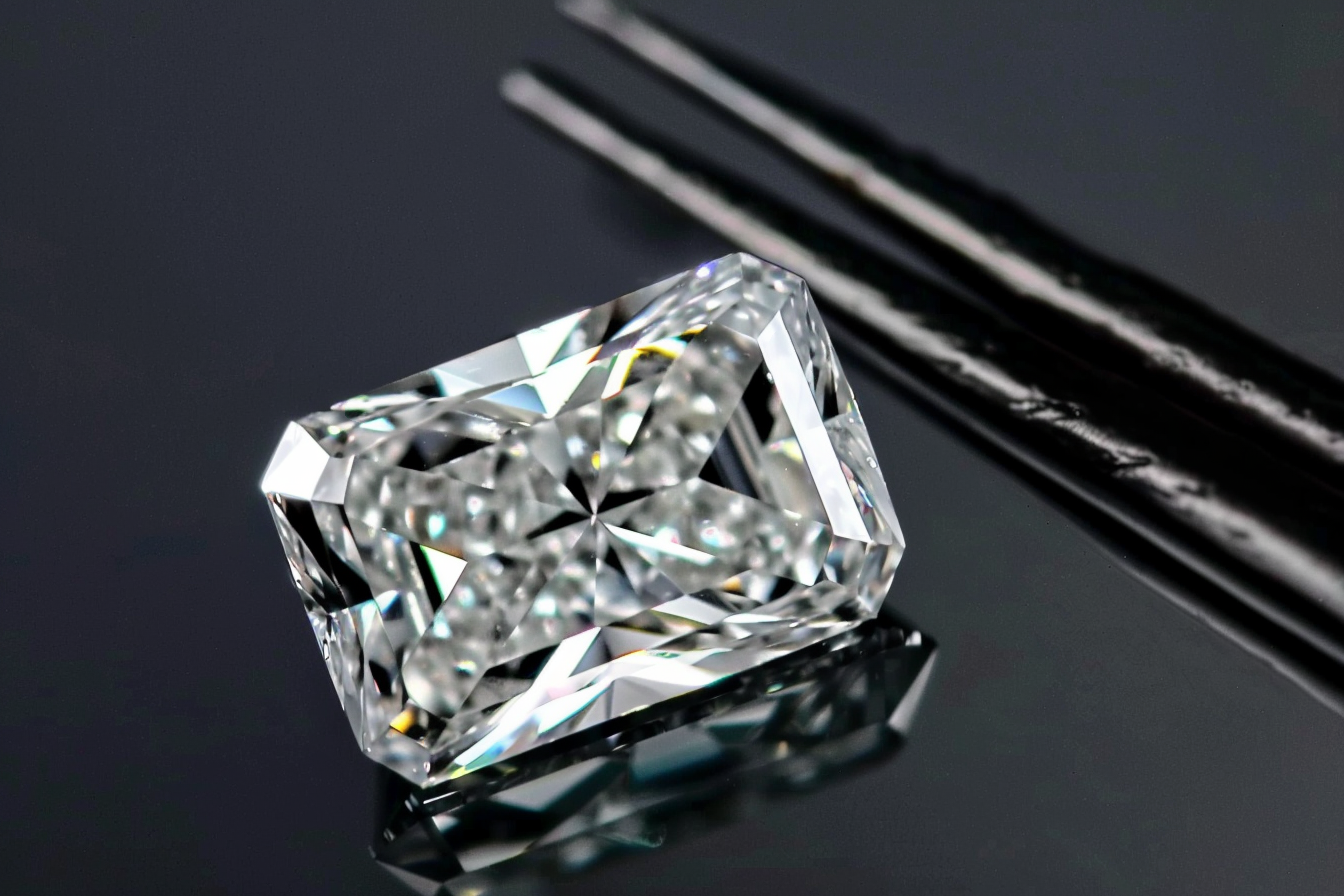
The radiant cut is a brilliant-cut gemstone, designed to maximize the stone’s inherent sparkle. This versatile cut combines the best of the round and emerald cuts. It can be either square or rectangular, characterized by its trimmed corners and a complex facet pattern that extends across the crown (the top), girdle (the widest part), and pavilion (the bottom) of the stone. A radiant cut typically has 70 facets. This results in a vibrant, fiery brilliance that’s more pronounced than in other cuts. The radiant cut is a modern choice, perfect for those who desire a gemstone that captures light dramatically and offers a stunning sparkle from all angles.
Emerald Cut vs. Radiant Cut
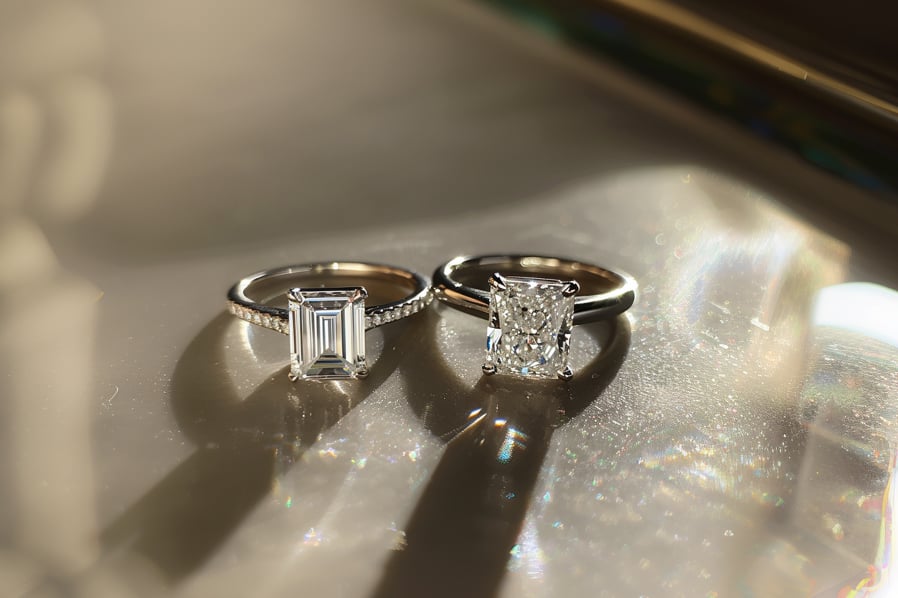
The emerald and radiant cuts are distinct in their brilliance, style, and how they interact with light.
- Brilliance and Fire: The radiant cut, with its 70 facets and brilliant-cut facet pattern, tends to produce more fire (the dispersion of light into the colors of the spectrum) and brilliance (the reflection of white light) than the emerald cut. The emerald cut, with its 57 step-cut facets, has less fire. However, it offers a different appeal with its clean lines and hall-of-mirrors effect, emphasizing the gem’s clarity and depth.
- Shape and Style: The radiant cut can be either square or rectangular with cut corners. Its multifaceted design gives it a modern, vibrant look. On the other hand, the emerald cut is typically rectangular with cut corners and is known for its understated, vintage elegance.
- Clarity: The emerald cut’s large, open table and step-like facets can make inclusions and color variations more visible. Therefore, higher clarity and color grades are often more desirable for emerald-cut stones. The radiant cut, on the other hand, due to its brilliant facet pattern, can hide inclusions and color variations better, allowing for a broader range of gem qualities to look appealing.
Which is Better?
Choosing between an emerald cut and a radiant cut ultimately depends on personal preference and the style you’re aiming for. If you prefer a more classic, vintage look and want to highlight the clarity of a high-quality stone, the emerald cut may be the right choice for you. If you’re after a more modern look with a high degree of sparkle, the radiant cut could be a perfect fit. Remember, the most important thing is that the piece reflects your personal style and the sentiment you wish to express.

